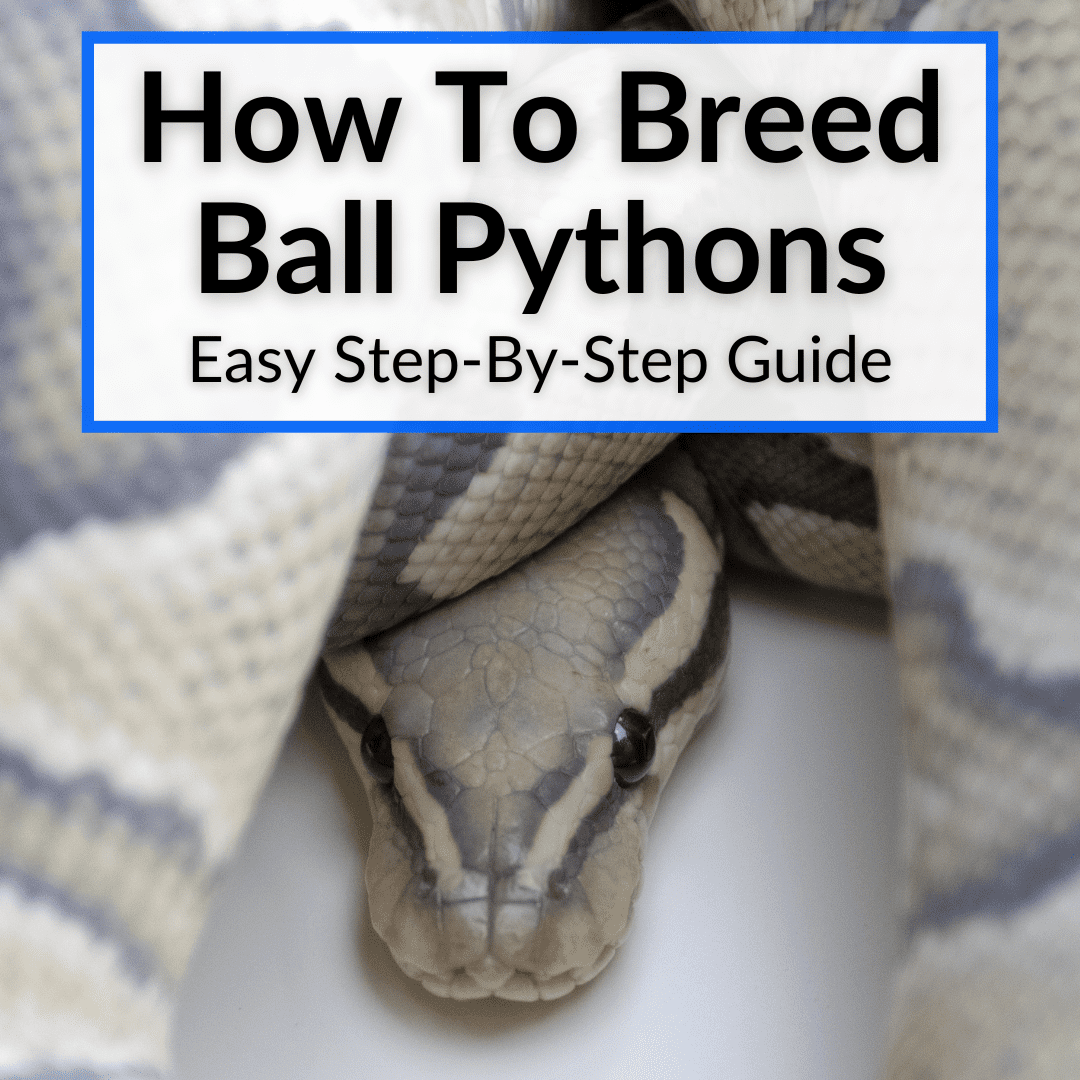
I’ve got some good news for you.
It’s far easier than you probably think.
All you need are a few supplies.
And, of course, you need to know how to breed ball pythons.
We can’t help you get the supplies, but we can tell you what you’ll need to get and what you need to do.
Keep reading to learn exactly what you need to do to breed ball pythons. We will cover everything you need to know to get the job done.
Table of Contents
How To Breed Ball Pythons
We’ll begin with a list of the materials you will need on hand before you get started breeding your ball pythons, Then we will go through the entire breeding process step by step, starting with some things you need to consider before beginning.
Materials Needed
- Weighing scale
- Two separate enclosures for males and females with proper setup
- Incubator with thermostat for the eggs
- Small tank for the hatchlings with hiding spot, water dish, and paper substrate
- Food for ball pythons for various stages
Consider Your Breeding Pair’s Age
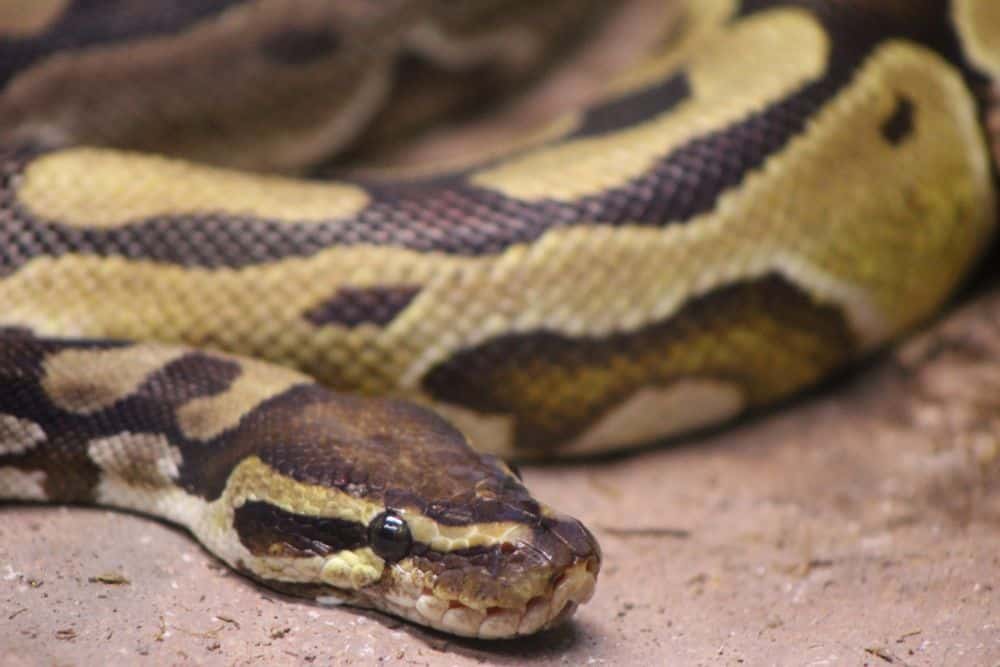
Always consider your ball pythons’ age before pairing them. Failure to do so can result in health issues for your pets.
If you’re not sure of your female’s age, then check with your breeder. You must wait until your female python’s third winter to breed her. She will be of the right age and body condition at this stage.
For example, if your female was born in June, you have to let that year’s winter pass, followed by one more winter. You can then pair her the next winter.
Never breed your ball pythons before they are of the right age. If you do, the female won’t be able to pass the eggs.
Also, male pythons might stop eating during mating which. If this happens at the wrong age, it can result in deficiencies, weight loss, and diseases.
Check The Pythons’ Weight
In addition to your female python’s age, you also need to consider her weight. If your girl has been eating well and weighs about 1200 to 1500 grams, then she is ready to breed.
Your female ball python should have a healthy-looking body with a nice girth.
Male ball pythons are generally ready to be bred from the time they weigh 500 to 600 grams. Males mature faster. In general, if your male snake has been eating well and looks healthy, then you know he is ready to mate.
Drop The Temperature And Change The Light
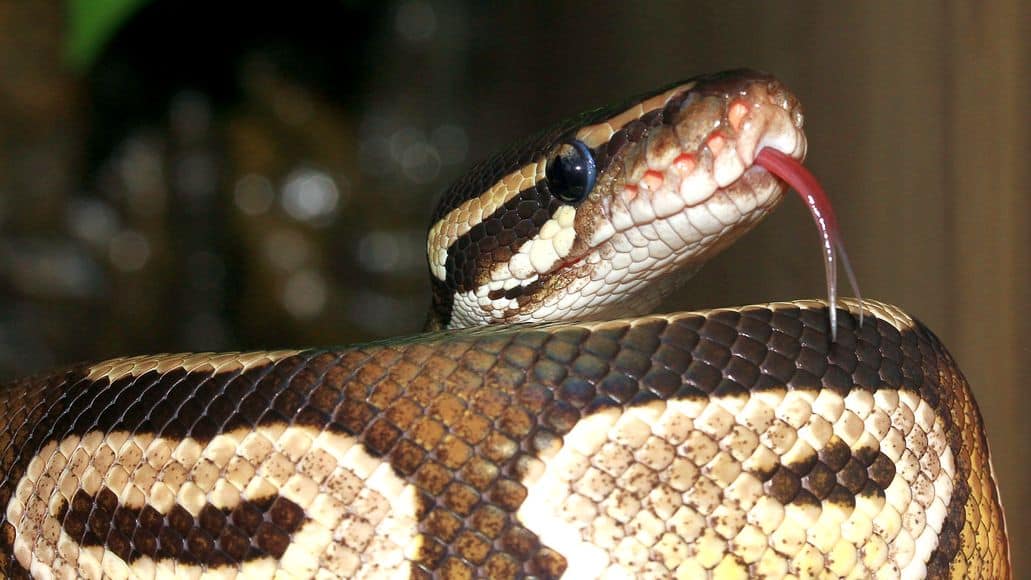
Ball pythons breed from mid-September to mid-November. For this reason, you want to drop the temperature and change the light in your snake’s enclosure.
Doing so will help you mimic the conditions in your ball pythons’ natural habitat during those months. The change in light and temperature indicates to your pythons that it is breeding season.
The process of changing the light and temperature before breeding snakes is known as “cycling”.
For cycling, you need to keep one end of the enclosure between 72° and 75° F and the warm end between 82° and 85° F. Some breeders choose to drop the nighttime temperature to the mid-70s and keep the daytime temperatures in the high 80s.
Some breeders also provide light-dark cycles. For example, they give their snakes light for 12 hours and then darkness for 12 hours. Or darkness for 14 hours and light for 10 hours. By February, you can restore the enclosure’s light and temperature to normal.
Introduce The Male And Female Python
After about a month of cycling, you can introduce your male and female pythons. Before introducing them, some breeders lightly spray the males with water to mimic rain. This also increases the enclosure’s humidity which will further encourage them to breed.
When pythons are ready to mate, the male might chase the female. He will then climb up on her and reach her cloaca.
It is a good sign, if you see the male and female lock together. It is a bad sign, if they remain at opposite ends of the enclosure.
Sometimes, you just need to be patient and hope they just need some time to come around and take a liking to each other.
At other times, you might have to give up. It can happen that the male and female ball pythons simply are not be compatible.
Ovulation
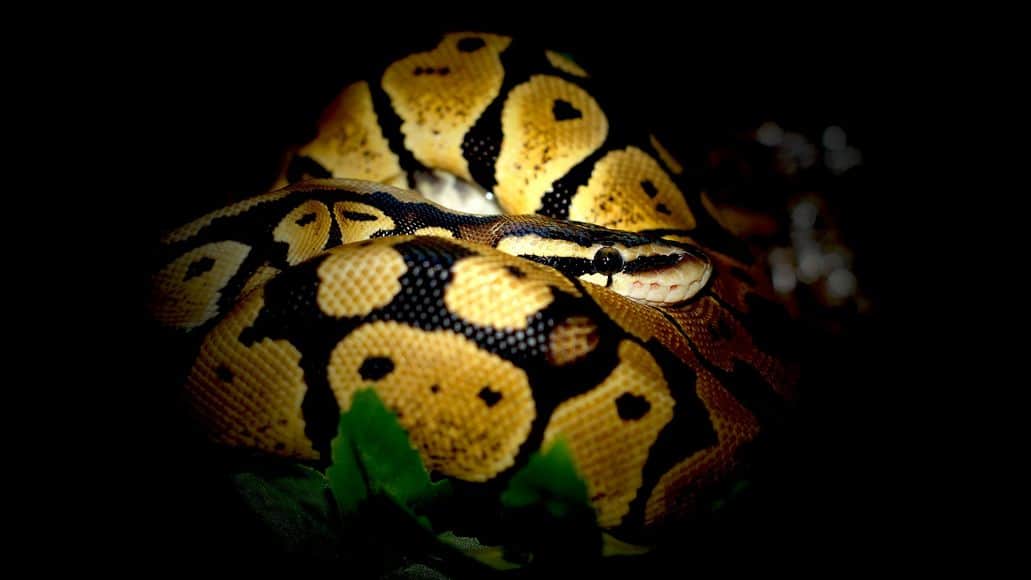
If all goes well, your snakes will lock. Once this occurs, you simply let them do what they need to do. You just need to keep the snakes together until the female ovulates.
When a female python ovulates, she will swell immensely. You can take the male out of the enclosure at this point.
The female ball python will need to have a pre-laying shed. This usually occurs 20 to 25 days after ovulation.
Feeding After Breeding
Separate your pair after breeding. Two ball pythons should not live together. Some male ball pythons tend to stop eating after mating. If this occurs, you might see him dropping his weight.
Females, on the other hand, tend to have a strong feeding response and may even get aggressive while feeding. They need extra food to build the follicles in their bodies, for which they need a higher calorie intake.
Pairing Again
You can continue letting the male and female meet again several times. This will ensure getting those locks while the female is producing the follicles. This gives you a greater chance of eggs fertilizing.
Once all the pairings are done, the female will also stop eating. This is a good sign. It means that she doesn’t have enough room inside her for food, because her follicles have grown nice and large.
You could try feeding a smaller rodent than you normally do. After a point, she will stop eating those as well. This indicates she is about to lay her eggs.
Eggs
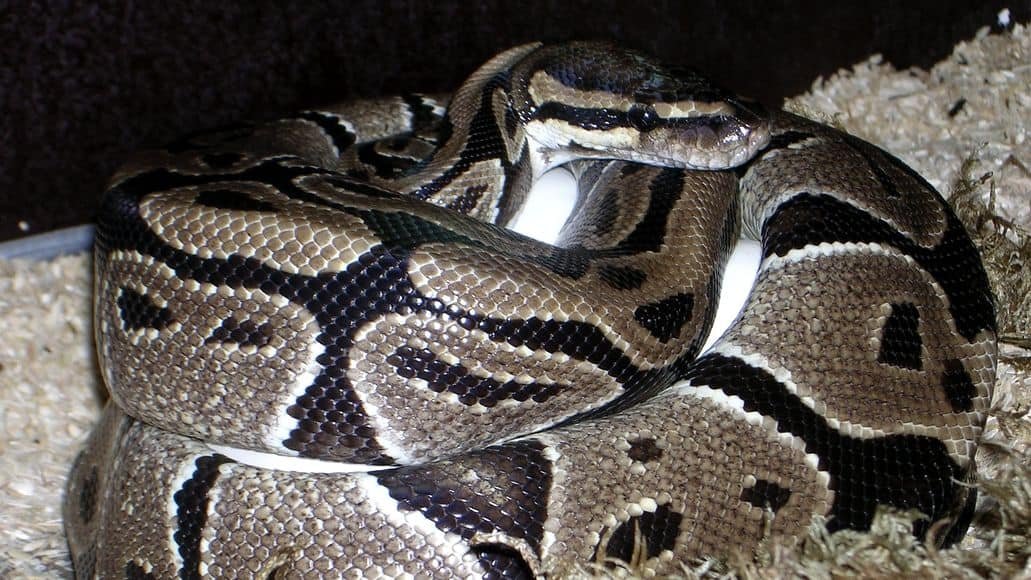
Your female python will lay eggs approximately 30 to 50 days after her pre-lay shed. You can choose to remove the eggs and incubate them separately.
Incubating The Eggs
Breeders incubate the eggs at 89° F (or 32° C), typically in an incubator with a thermostat. You can use vermiculite that is pre-moistened, since this helps with the humidity. Most eggs will hatch 50 to 55 days after laying.
Hatchlings
You can set the hatchlings in a tank or enclosure with a paper towel substrate. The enclosure should be small, because a larger tank or enclosure might intimidate your hatchlings.
Keep the towel moist and don’t forget to keep a hide and water dish in the tank. You can start feeding the hatchlings some fuzzy rats or hoppers a week after they arrive.
Breeding Ball Pythons: Common Questions
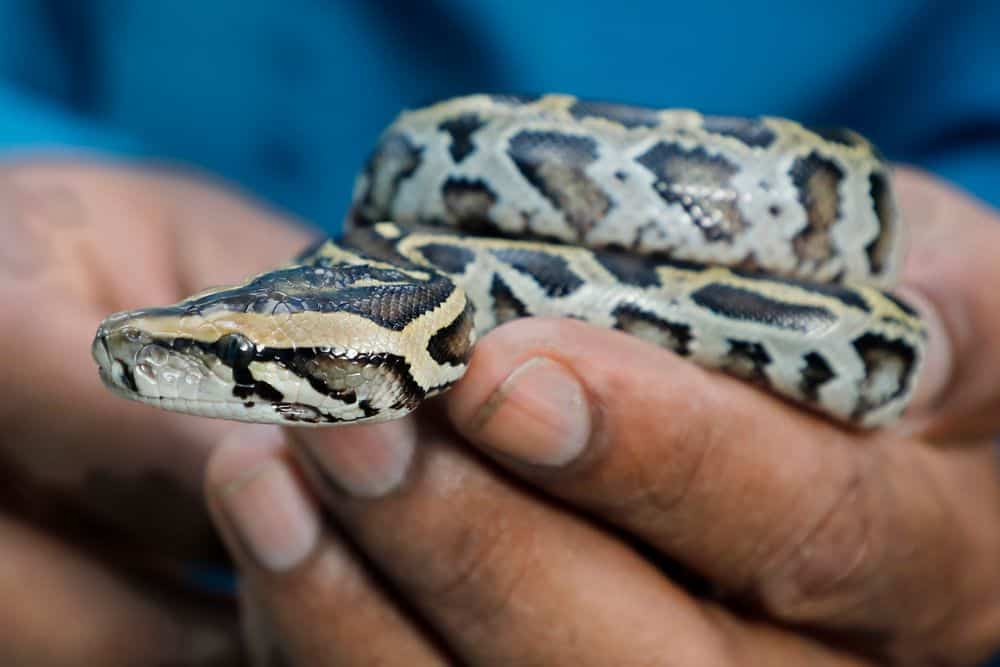
Next, we will answer some common questions related to the breeding of ball pythons. If you have any additional questions, please ask them in the comments below.
What Time Of Year Do You Breed Ball Pythons?
In the wild, ball pythons breed from mid-September to mid-November. You can follow the same schedule for breeding, but you don’t have to.
What Is The Best Temperature For Breeding Ball Pythons?
To mimic the python’s natural habitat, you can drop the nighttime temperature to the mid-70s and keep the daytime temperature around 85 to 88° F.
How Long Is A Ball Python Pregnant?
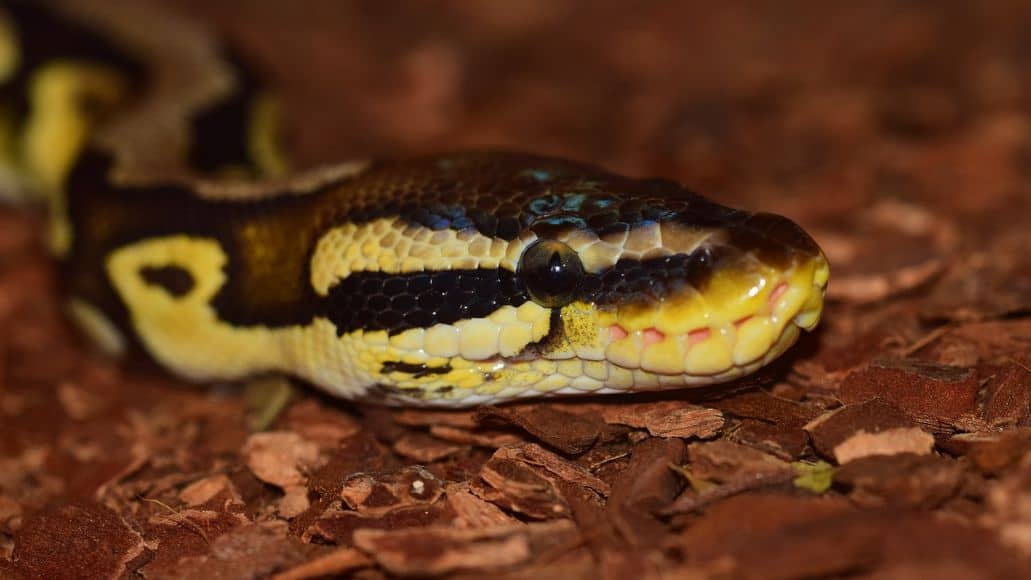
Ovulation may occur 6 to 30 days after the last observed copulation. This may last 24 hours. 20 days after ovulation, the post-ovulatory, pre-lay shed starts. Oviposition, or egg laying, occurs 24 to 34 days after the post-ovulatory shed.
How Many Females Can One Male Ball Python Breed With?
Many breeders breed one male ball python with five or more females.
How Do You Breed Ball Pythons: Final Thoughts
See, that doesn’t seem so hard, does it? Once you know how to breed ball pythons, there really isn’t all that much to it. If it’s legal, it’s a good way to make some extra money, too. Ball pythons don’t cost a lot, but it can be some extra cash.
You really just need to make sure that you have all the materials you need and that your snakes are old enough and healthy enough to mate. Then follow the steps above and enjoy those baby snakes!
Of course, if you decide to just buy a snake from a breeder or pet store, you’ll want to learn how to choose a healthy ball python.
Leave a Reply